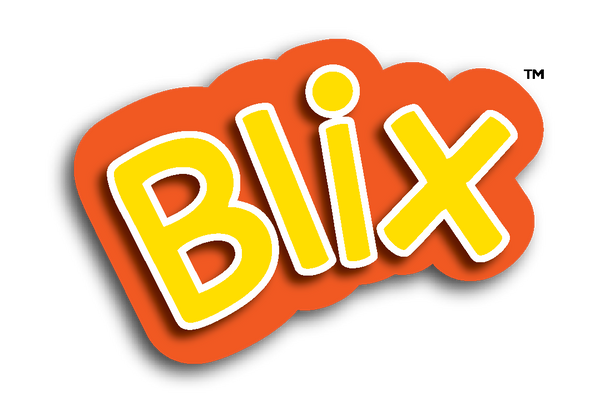
4 Major Challenges Traditional Teachers Face While Implementing STEM Labs
Share

STEM education is rapidly transforming how students engage with science, technology, engineering, and mathematics. However, integrating STEM labs into traditional classrooms isn't as simple as adding a few new gadgets. For teachers who are trained in conventional methods, the shift can be intimidating. The hands-on, inquiry-based learning in STEM labs can be looked at as a challenge.
Below are the primary problems most teachers face and some practical ways to address them, starting with:
1. Lack of Specialised Skill Sets
STEM education isn't just an extension of traditional science or maths lessons. It's an interdisciplinary approach. It’s a blend of technology, engineering, and problem-solving and the right teaching technique. Now, what happens is, that most traditional teachers aren’t equipped to handle this level of technical complexity.
The reason is - traditional teacher training programs. STEM labs somewhere are a little technology-heavy. That's why even the most dedicated educators may struggle. For that reason, they won't access the STEM lab or the students may not get the right explanation.
We here at Blix, understand the pain point. We know that we don't have to overwhelm teachers but empower them. That's why our hands-on training aligns with classroom needs. Our STEM kits for schools are intuitive and designed for ease of use, even for those unfamiliar with advanced technology.
Additionally, we have covered teachers with Blix training programs. Trainers work directly with educators. From how to use the STEM tinkering lab, to how to offer the right STEM learning experience to students; teachers get to understand it all.
2. The Existing Curriculum Demands
The traditional education syllabi are still quite content-heavy. Teachers are expected to cover extensive material. They have to prepare students for exams and meet all the rigorous academic standards that have been set.
All of this actually leaves a little room for innovative teaching. Including a STEM lab, with so many targets in place, can feel like an added burden.
Let's understand STEM projects first—the STEM kits are typically more of a hands-on learning. A lot of trial and error and collaboration is needed here rather than straightforward memorization.
Blix again here has worked on this challenge. We have designed STEM programs that fit easily into the existing curriculum, like a practical project of a theoretical concept. All the educational robotics kits and STEM projects can practically cover the application of subjects like maths and science.
Blix created a year-long curriculum with self-engaging challenges and assessments. This ensures that students understand all the important STEM concepts and that the academic schedule doesn't get affected. All in all, it's quite a structured approach, so that teachers are at a real ease.
3. Resource Constraints and Budget Limitations
Talking practically, many feel STEM labs come with extreme financial and logistical investments. Additionally, many schools may not have the infrastructure to maintain such labs. Teachers then are left without adequate resources. And even If the school can install STEM labs, because of lack of training and support, underutilization becomes yet another issue.
But, on the other hand, Blix STEM kits for schools are affordable. Blix has been offering educator kits that allow schools to build their labs in one go. Instead of gradual investments in multiple costly equipments, blix offers a very affordable and one-time investment. Blix also provides continuous support to make sure that resources are fully utilized. You get cost-effective STEM education solutions with us regardless of your budget constraints.
4. Resistance to Shifting Pedagogical Methods
For teachers used to traditional, lecture-based approaches, adapting to the collaborative, inquiry-based nature of STEM education can be an issue at first.
STEM education, by nature, is open-ended. Students here are required to go through problems, experiment, and learn through discovery. There's no passive learning that happens here which often is seen in conventional classrooms. This shift in approach can be intimidating for teachers who fear losing control of the classroom.
To tackle this, Blix offers a step-by-step, teacher-friendly guide to implementing STEM education. There is a curriculum designed to gradually introduce project-based learning. This allows teachers to adjust without losing control of their classrooms.
Even the Blix toys are designed to be used in a collaborative environment. Teachers can scan the instructions to integrate hands-on learning without feeling overwhelmed. Throughout this process, they can stay confident and foster creativity and innovation among students.
The future of education lies in hands-on, project-based learning. Students of now, are required to develop the skills that would help them with solving the future real-world problems. Teachers act as a pillars at this stage. And Blix, with the right STEM kits for schools, and training programs, is here to make the impossible happen!
